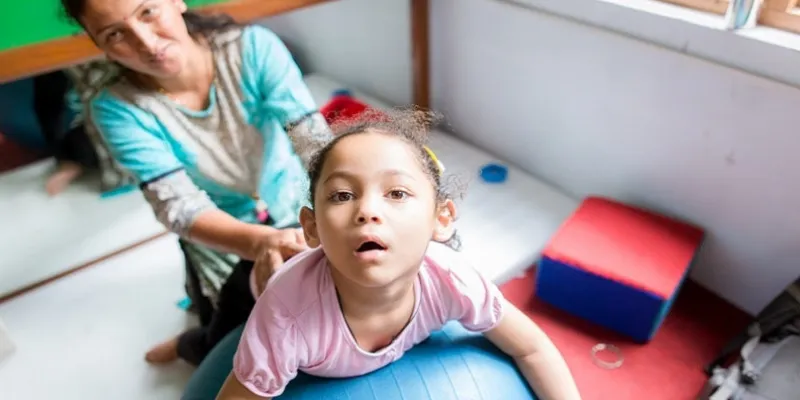5 ways to create inclusive schools for students on the autism spectrum
Autism Spectrum Disorder (ASD) is a condition that impacts brain development, leading to challenges in communication, social interaction, and may include behavioural changes.
Autism Spectrum Disorder (ASD) is a condition that impacts brain development, leading to challenges in communication, social interaction, and includes – but is not limited to – repetitive behaviour patterns. The term ‘spectrum’ is used to signify the range of behaviours and autistic characteristics.
Children with autism usually show symptoms within the first year, with the formative years and schooling playing a huge role.
To allow autistic children to flourish and thrive, it is important to create classrooms where their uniqueness is celebrated rather than looked down upon. Here are a few ways to create inclusive and diverse classrooms:
Allow the student to choose what works for them
Inculcating choice in the curriculum and providing room to find out what works for a student not only gives them a greater sense of self and control, but also helps in developing decision-making skills. This is also essential for students living with autism.
For example, students belonging to the spectrum often struggle with clean handwriting. Giving them a choice between writing or using a computer will help them in effective learning and not feel as if they are falling behind. This can further be extended to giving students more power to choose their subjects and activities, setting personal goals, and designing their curriculum.

Representational Image
Inclusive teaching
While choosing the method of imparting education, it is important for teachers to keep in mind the needs of various kinds of learners. Our system is designed for a certain, very specific kind of learner, making other students feel inferior or left out because of them understanding the subject matter differently.
Education and teaching patterns should therefore be more inclusive to include as well as positively challenge every student. This could be done by creating more flexible methods of instruction and engagement, having activity intensive learning, and rethinking the curriculum.
Emphasis on development of social skills
School is not just a place to learn, but it also helps develop skills to survive and thrive. Very often, peer to peer interactions are limited to lunch breaks or play time, and these can be extremely fast-paced. Many may find it impossible to cope with the pace and feel secluded. Therefore, it becomes essential to enable positive interactions in a safe space at a pace that is better suited for the child.
Task-based interactions such as group projects or teamwork are a great way to go about this. Having smaller class sizes and deeper student-teacher relationships are also essential. Teachers should also provide opportunities for all voices to be heard in a classroom, instead of only a few dominating all the discussions. Giving opportunities for action-based responses, eg raising hands, standing up etc, will help include the students who are non-verbal, as well as create an enriching and diverse classroom.

Representational image
Support transitions
Transitions can be hard for many students, harder so for those belonging to the autism spectrum. Students may feel uncomfortable changing environments, activities, and meeting a new set of peers.
Transitions can be made easier by actively and intentionally talking about the new space and what it entails. Letting students familiarise themselves with the new space by taking short visits is also important. Familiarity often brings more comfort than we can imagine. Providing a transitional activity like farewells, “cleaning up” songs or journaling helps by providing a positive closure. Schools can also provide a transition aid like a photo frame, toy etc. To reinforce the transition and not let denial seep in, it’s important to give regular, gentle reminders.
Creating awareness
People with autism often communicate differently, leading to various kinds of misunderstandings. To help a student, it is important to understand them. Learning about autism and creating awareness are key to creating an inclusive environment. Students should also be made aware of autism so that they can understand and engage with their peers more effectively. It is important to sensitise people and destigmatise autism. From a young age, children should be taught how to interact with those who, in some aspects, may be different from them.
YourStory’s flagship startup-tech and leadership conference will return virtually for its 13th edition on October 25-30, 2021. Sign up for updates on TechSparks or to express your interest in partnerships and speaker opportunities here.
For more on TechSparks 2021, click here.
Applications are now open for Tech30 2021, a list of 30 most promising tech startups from India. Apply or nominate an early-stage startup to become a Tech30 2021 startup here.
Edited by Kanishk Singh








